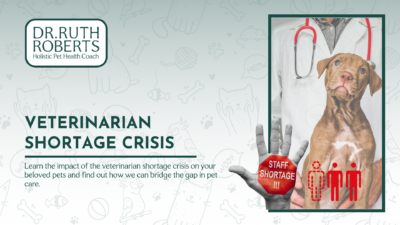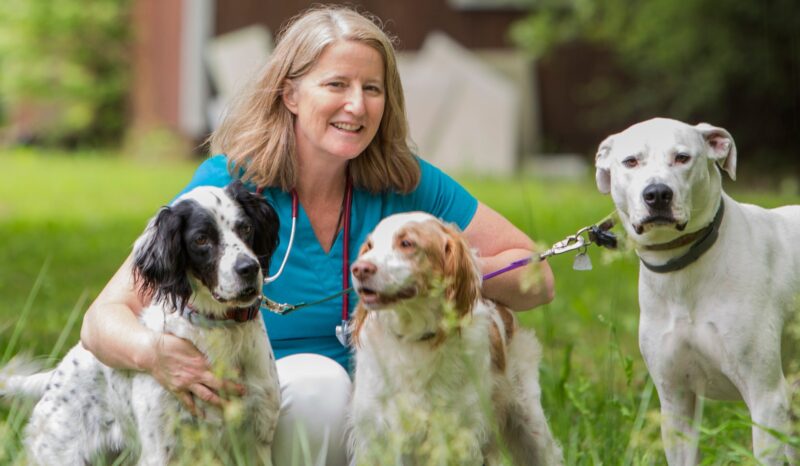7 Tips to Ensure a Great Pet Boarding Experience
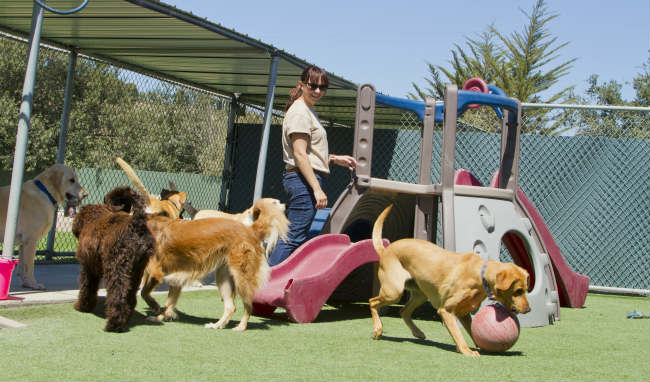
Travelling means you’ll be away from your lovely dog, unless its a pup that can fit in a carrier. It can be very tough leaving a fur-baby behind. If you didn’t go for a pet sitter, pet boarding is another option. Pet boarding can be bittersweet for pet owners as bittersweet for the pets. It is important to ensure your pet is well taken care of while you are gone before leaving them in a boarding facility. When it comes to pets, we often have many questions. In this post, we’ll address some common questions about boarding and provide tips for ensuring a great experience for both you and your pet.
How can I make my dog feel better when boarding?

If your dog is going to be spending time in a pet boarding facility, it’s important that you prepare him for this experience. You should bring his favorite toys and treats, as well as his favorite blanket or crate. Don’t forget to pack his food and water bowls, bedding, and collar! If you’re having a hard time choosing what kind of food to pack, why don’t you try home-cooked recipes for dogs?
Your dog may become anxious when he leaves you at the facility—this is normal! The best way to help him cope with this change is to make sure that he is comfortable during the transition period. By bringing along all of his favorite things (as mentioned above), you can help ease the stress on both of you before leaving each other behind.
Are dogs traumatized by boarding?
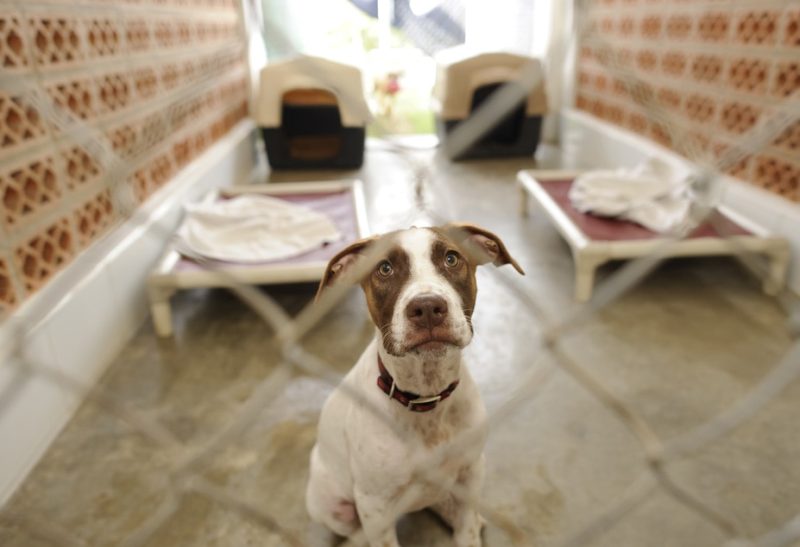
Yes, dogs can be traumatized by boarding if the situation is not ideal. Boarding can be a stressful experience for all pets, but it’s especially hard on younger pups who are still learning their way around. If your pet seems particularly anxious at the kennel or vet, you might have to seek out somewhere else to board them.
In general, dogs are resilient creatures with an uncanny ability to adapt and adjust to whatever life throws their way—but they’re not immune to stress! Dogs are highly social animals who crave human companionship and interaction every bit as much as we do. The best way to ensure that your pup has a great time while you’re away is by preparing him well in advance: making sure he gets plenty of exercise before your departure; buying him his favorite toys and treats; letting him become familiar with his temporary home ahead of time (if possible).
How do I prepare my dog for the first time boarding?

Before your dog’s first stay at the boarding facility, you should prepare them for what is to come.
- Make sure your dog is comfortable with the environment of the boarding facility. The area should be familiar and welcoming.
- If your dog has had little experience at the facility, let him get used to it gradually before spending any time there without you. This will help him feel more at home when he’s alone later on in his stay.
- Bring a familiar toy or blanket that smells like home, as well as a favorite treat that is always given by hand, such as treats like Homemade Peanut Butter Dog Treats, so they will feel safe when eating them without being distracted by other dogs around them who might want some too! It’s also important not only because these items are comforting but also because they can help make sure that any health problems aren’t missed during checkups since there may not be time after bringing everything back later during each visit from staff members themselves–so take note before leaving!
Here are # tips on how to ensure a great pet boarding experience:
1. Bring your pet's food.

The majority of boarding facilities will feed your pet while they are staying there. Do your best to always remember to pack your pet’s food, though, as a sudden change in nutrition can hasten the onset of gastrointestinal issues, such as diarrhea. Additionally, be transparent with the employees regarding how each meal should be prepared and how often a pet should be fed. If your pet is on The Original Crockpet Diet, you can prepare a large quantity of it and split it by the number of days your pet stays in the facility. The staff will merely reheat it and serve it to your pet in this way.
It’s important to avoid feeding or letting cats drink water for two hours before putting them in a carrier for a ride. They often become considerably more anxious when they urinate or defecate while in the carrier. We then have to clean them up once they arrive, which may be terrifying for everyone.
Additionally, this is obviously of particular importance if your pet is on a special prescription diet. Your pet must always eat the food that your veterinarian has recommended. If you’re planning to be gone for a long time, be sure to bring extra food, and let the staff know where you get your pet’s food in case your pet runs out while you’re gone, and there isn’t an easy way to get more.
Eating Incentive
Sometimes dogs refuse to eat when they’re away from home, so make sure your boarders have a backup plan. With your permission, some facilities will add chicken broth to their food to encourage dogs to eat, but you could also send along some super tasty K9 Power supplements that can easily be mixed into dry food and your pup will gobble it up right away.
2. Bring comfort items.
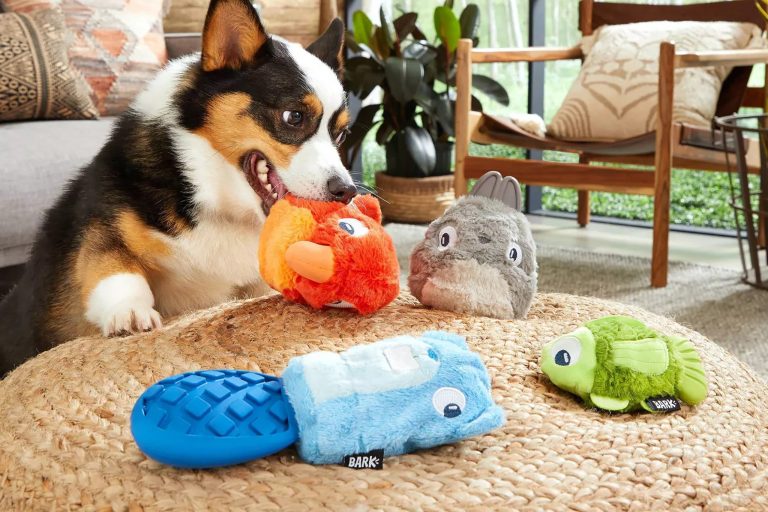
No matter where you’re leaving your dog, be sure to include some familiar objects for them to enjoy in case they have trouble adjusting. To prevent stomach discomfort, bringing your food is a good idea. However, it’s also nice to bring your dog’s favorite toy, dog bed, or blanket that makes them feel comfortable since it smells like home!
However, avoid bringing your bedding. Not only could it become soiled or lost, but it also helps keep boarding facilities free of fleas and ticks. A few toys (but not those that are irreplaceable) and a t-shirt also work well. Those things can calm your pet because they smell like home (and you).
3. Prepare all medical-related records of your pet.
Ensure the boarding facility has your veterinarian’s contact information in case something goes wrong and your pet becomes ill while boarding. Better give a duplicate of your pet’s medical records if your veterinarian is not open when the animal becomes unwell. Ensure that you have a physical copy and the necessary vaccinations are current. Ask the personnel at the boarding facility what to do if your pet is sick or hurt, and ensure you follow their instructions. The personnel should be informed of your preferences. Let them know if you want them to call your pet’s veterinarian or if they may contact a vet they frequently use for emergencies. Express your expectations for how things will go if your pet needs medical attention.
Any prescription your pet is taking, even something as basic as a joint supplement, should be clearly labeled, and you should talk to the staff about how to administer it. Ask the team to either record the instructions on paper or input them into the computer records for your pet. Consider boarding your pet at a veterinarian hospital with a boarding facility if your pet has a significant medical condition requiring proper and timely drug administration, such as diabetes or a heart issue. This way, medical staff will be on hand if your pet needs assistance.
4. Answer every question related to your pet.
Give yourself enough time to check in with your pet. The sitters will ask lots of questions to ensure that your pet has an enjoyable and comfortable stay with them. They will also ask you to fill out a contract to ensure that we have all of your information accurate and your emergency contact information.
Be prepared to list your pet’s preferences or to do so in writing. Do they favor being indoors or outdoors? Do they enjoy using sheets when they sleep? How about the toys? Please include information about how they usually feed and eat. If you’d like, you can even bring special meals. Keeping a regular schedule will make your pet’s stay easier.
If your dog has any problems while you’re gone, be completely honest with the dog sitter and try your best to prepare them for anything that can happen. Let them know, for example, that you’re not sure how your dog will respond during mealtime if she’s never been around other dogs or that she should be cautious around cats if your dog doesn’t get along with them. They are always eager to make special accommodations.
5. Asking for updates and be specific with the contact list.
When you put your dog in a boarding facility, you’re working with real dog lovers who are happy to take and send you pictures of your dog having a good time while you’re gone. They’ll email you regular updates on how your tiny friend is doing if you let them know ahead of time that you’re anxious about leaving your dog.
If your pet becomes ill or hurt, most boarding facilities will notify you immediately. However, make sure you make this arrangement in advance. If the facility cannot reach you, be sure to include the name and contact information of a reliable friend or relative who can make choices about your care on your behalf.
If the staff cannot reach you or your secondary contact, indicate how much money you would be willing to spend on your pet’s care. This way, emergency care can start if your pet’s life is in danger without wasting time trying to contact you.
6. Relax.
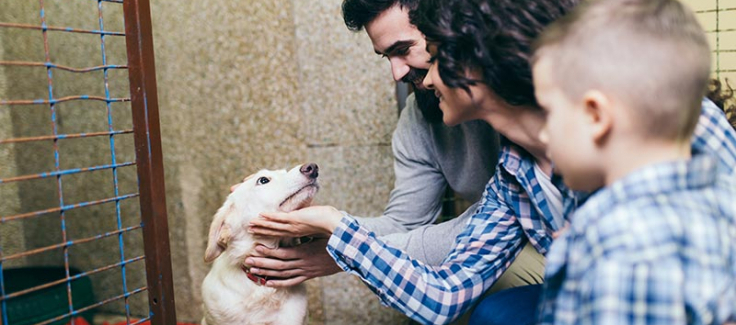
Before going to board, bring your pet for a day of interaction. This gives the pet parent feedback on how their furry child performed while allowing the pet and our crew to get to know one another. If there is some familiarity and trust established before the pet is left in our care for a more extended time, the pet will feel more at ease and relaxed.
Even though it’s easier said than done, try to unwind now that you’ve done your research and ensure your pet is receiving the best care possible. When you drop them off, don’t linger too long and try to maintain your composure because your dog will pick up on your emotions and become stressed if you are. Trust that your dog is in capable hands, and take pleasure in your trip knowing that your furry friend will too!
7. Pamper your pet after boarding.

After picking up your pet from the boarding facility and going home, please bring them to a grooming service and give them pampering! Sometimes, the boarding facility receives calls from clients concerned that something is wrong with their pets because it’s been sleeping a lot after boarding. Don’t fret! It’s all from the running around they did in group play with all the new friends they made.
Is overnight boarding stressful for dogs?
It’s true that dogs are pack animals, and sometimes they don’t like being away from their pack. Your dog may feel stressed by the unfamiliar environment, people and smells while boarding. They also feel stress in a new place when they can’t hear or see familiar sounds or sights. The good news is that there are many things you can do to make your dog’s experience more enjoyable during his time at the facility.
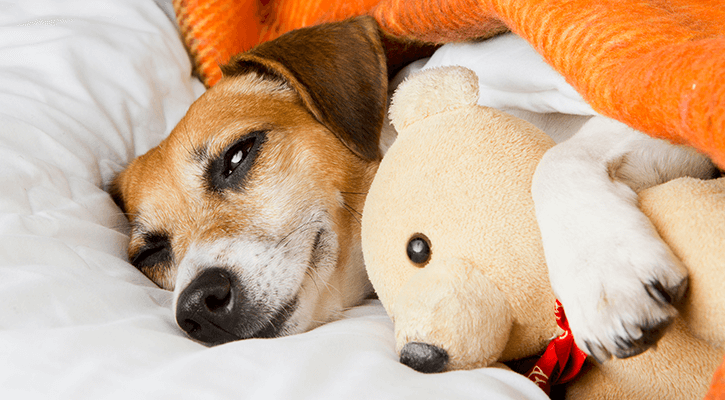
Is 2 weeks too long to board a dog?
The longer a dog stays in boarding, the harder it is for them to adjust back home. Dogs need routine and consistency. They can become stressed by staying at a strange place for too long—especially if they have never stayed there before or if it’s very different from their home environment.
As a general rule: If you are boarding your dog for more than 1 week, it is too long. If you need to board this long, make sure the facility you choose has plenty of experience with dogs and cat behavior modification programs that will help him/her feel comfortable again when they return home If possible, find a pet sitter instead of putting your pet in a boarding facility setting where he/she will not get much human interaction or attention outside of feeding times and walks (if applicable).
While most dogs adjust well to boarding, it’s important for pet owners to be aware of their dog’s unique needs. Make sure your pet is comfortable with the environment where they will be staying and ask questions about the rules and regulations of that facility so you know what to expect when picking up your dog.

